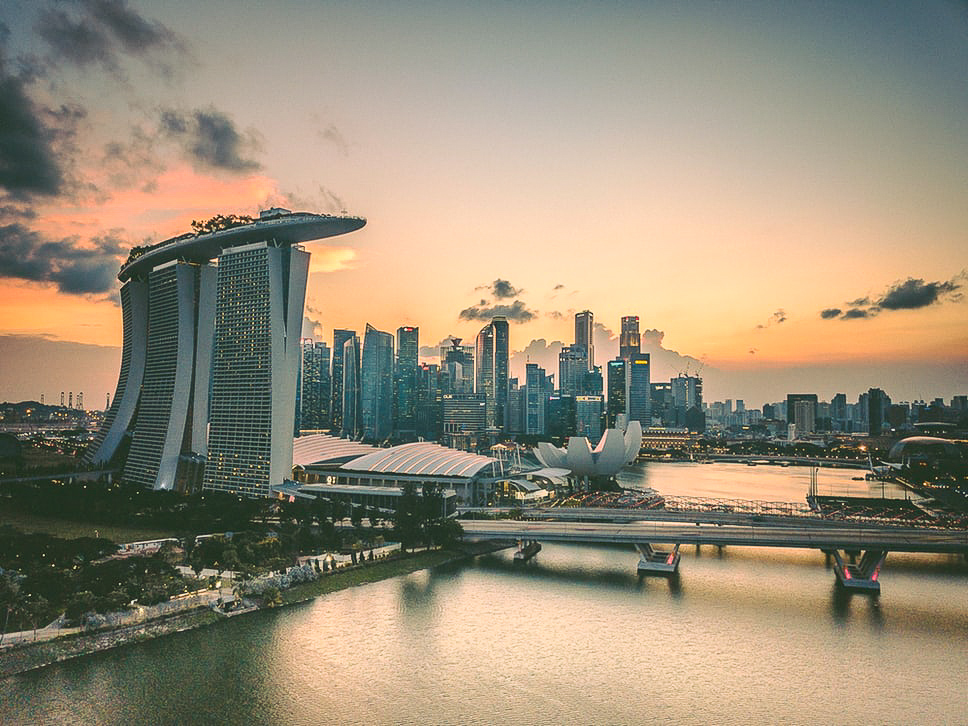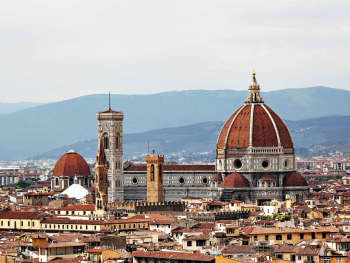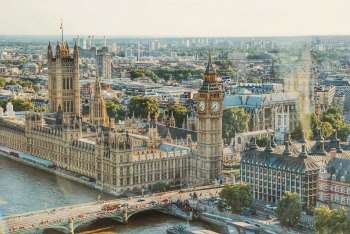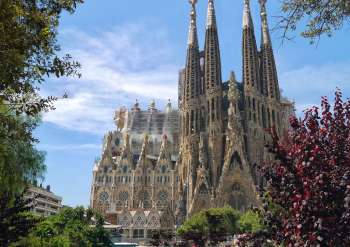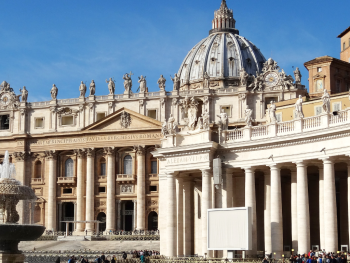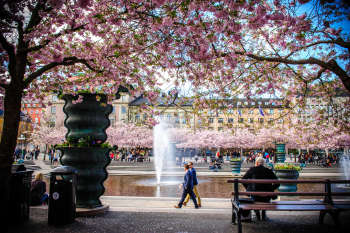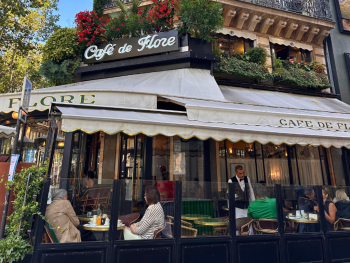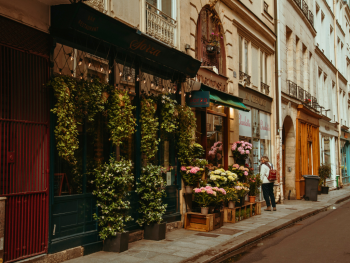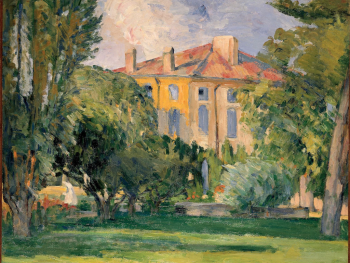There are few sights in the world as transporting as Provence in lavender season. By midsummer, the fields ripple like a violet sea under the weight of bees and sun, and the air carries the scent of something ancient and essential—herbal, honeyed, and wholly intoxicating.
But beyond the iconic photos lies a living landscape, tied to tradition, agriculture, and place. Here’s how to plan your lavender pilgrimage in Provence—when to go, where to find the most stunning fields, and how to experience it all with depth and intention.
When is Lavender Season in Provence?
Lavender typically blooms from mid-June to early August, with the peak bloom falling between the last week of June and mid-July. Timing varies slightly depending on elevation and location:
-
Valensole Plateau (lower altitude): blooms mid-June to mid-July
-
Sault & Luberon Highlands (higher altitudes): bloom extends into late July, sometimes early August
For picture-perfect lavender with few crowds, early July is your sweet spot.
Where to See the Best Lavender Fields
Valensole Plateau
The most iconic—and most photographed—lavender region in Provence. Wide fields stretch as far as the eye can see, often bordered by golden wheat or solitary cypress trees. Come at golden hour and you’ll understand why painters and poets flock here.
Don’t Miss:
-
Fields near Puimoisson and Riez
-
Lavender distilleries with tours and tastings
-
Nearby lakes like Sainte-Croix for a cooling dip
Sault
Located at a higher elevation near Mont Ventoux, Sault offers a more rustic, less touristy alternative. The town even hosts a Lavender Festival on August 15.
Don’t Miss:
-
The lavender discovery trail (Le Chemin des Lavandes)
-
Artisanal shops with handmade soaps, oils, and honey
-
Stunning views from the hilltop village itself
Luberon Region
Lavender here blooms a little later and is more intertwined with charming villages and vineyards. It’s ideal for slow travel, where the scent of lavender lingers long after the fields fade from view.
Don’t Miss:
-
Abbaye de Sénanque, framed by lavender rows and Romanesque stone
-
Villages like Gordes, Roussillon, and Bonnieux
-
Local markets with lavender bundles and oils sold by the producers themselves
How to Experience Lavender Beyond the Photo Op
-
Tour with an Expert: Learn about traditional farming practices, distillation methods, and the cultural significance of lavender in Provençal life.
-
Visit a Distillery: See how lavender is transformed into essential oils, cosmetics, and liqueurs.
-
Join a Workshop: Try soap making, wreath weaving, or cooking with culinary lavender.
-
Taste It: Lavender ice cream, honey, syrups, and cheeses offer an unexpected twist on this floral note.
A Note on Sustainability
As lavender season has become more popular with international travelers, it’s important to approach this experience with mindfulness and respect. The iconic fields of Provence are not theme parks—they’re working farms, tended by local families who depend on this delicate crop.
Many producers still use traditional harvesting techniques passed down for generations, and several are shifting toward organic and low-impact farming to protect the region’s biodiversity. In places like the Valensole Plateau, where heavy tourism can damage crops, local communities are working to create sustainable viewing paths and educational signage to preserve the fields for future generations.
When visiting:
-
Stick to marked paths and avoid trampling rows for the perfect photo.
-
Support small-scale producers by buying directly from farm stands and distilleries.
-
Travel off-peak or visit lesser-known areas like Sault or the Luberon to reduce strain on the most popular spots.
The lavender itself may be fleeting, but the way we experience it leaves a lasting impact.
A Final Note: Why It Matters
Lavender season isn’t just a pretty moment—it’s a centuries-old tradition rooted in the rhythms of rural Provence. It speaks to something deeper than scenery: the connection between land and culture, between harvest and healing. With careful planning and a thoughtful approach, travelers can experience this iconic bloom in a way that’s immersive, respectful, and rewarding.


